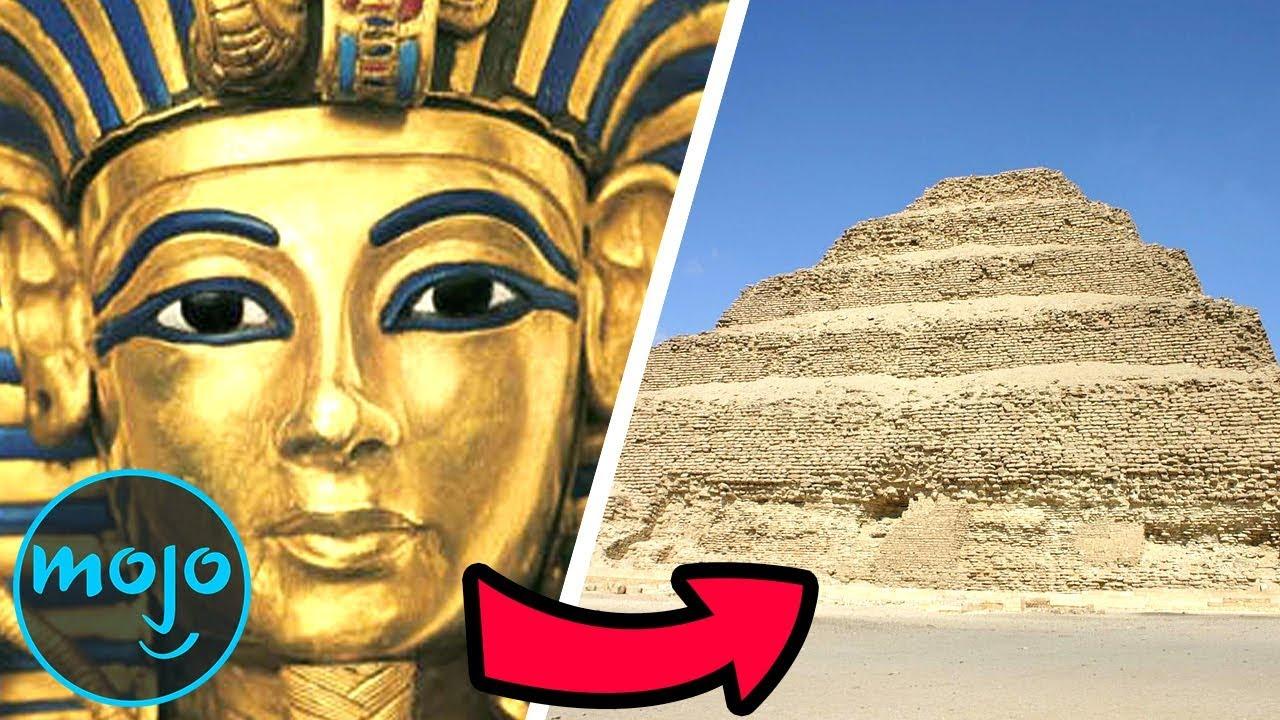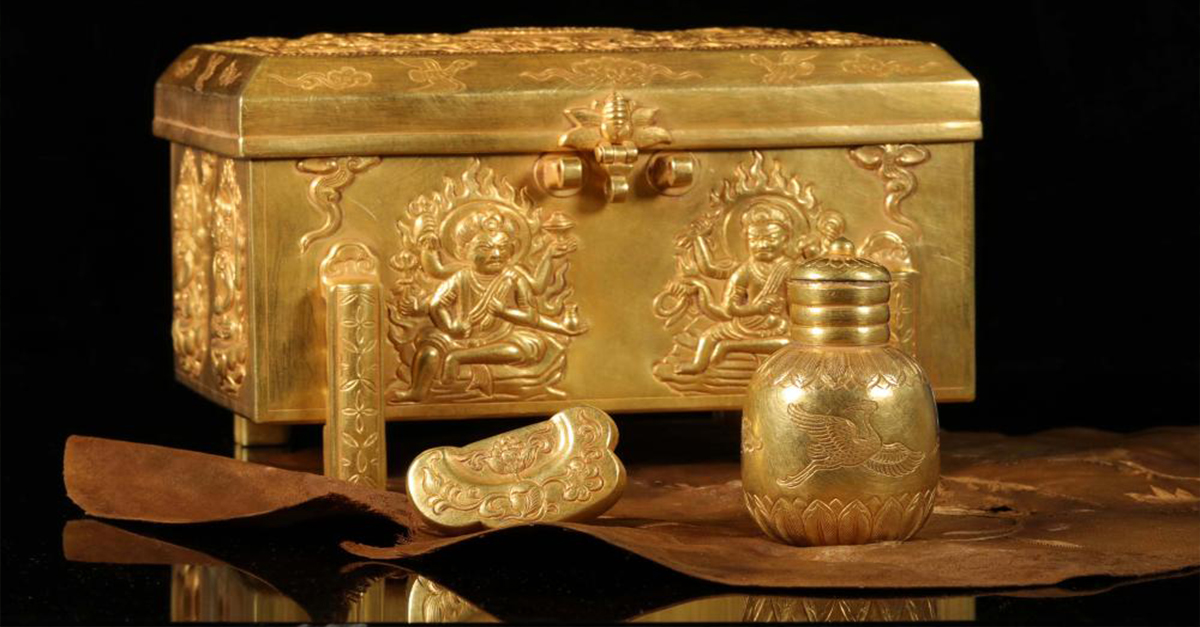According to information from Allthatsinteresting , excavations from the ancient city of Boğazköy-Hattusha in Turkey have just revealed a tablet containing a previously unknown Indo-European language.
Translating and identifying this language will take a long time because no one has seen it before, but experts confirm that this language belongs to the Anatolian-Indo-European language family and is likely the language of the land of Kalašma, an ancient city in present-day northwest Turkey.
Boğazköy-Hattusha, a UNESCO World Heritage Site, was the capital of the Hittite Empire during the late Bronze Age, from about 1650 to 1200 BC. Excavations have taken place at the site for more than a century through the German Archaeological Institute.
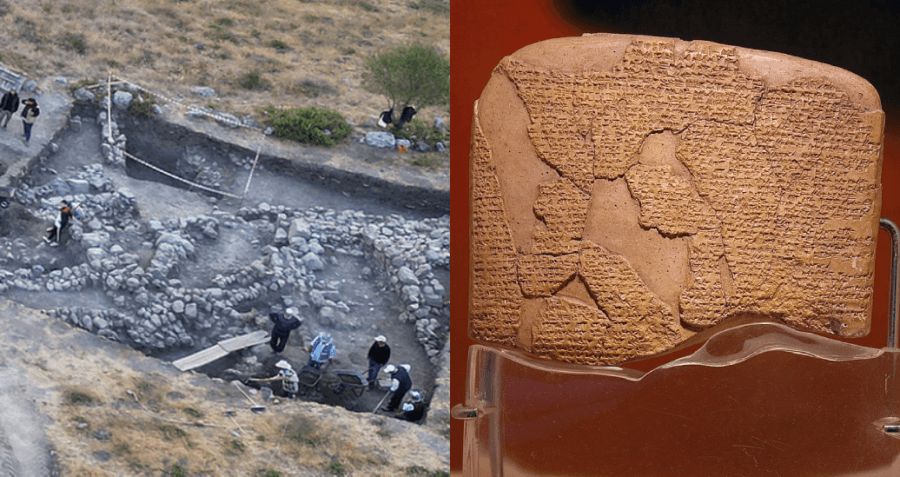
Cuneiform is one of the earliest writing systems in human history. It was invented by the ancient Sumerians in Mesopotamia. Photo: Allthatsinteresting
According to the University of Würzburg, since the start of excavations at this site, researchers have found nearly 30,000 clay tablets with cuneiform writing, which have been provided to the archaeological community. learned a lot of information about the history, society, economics and religious traditions of the Hittites and their neighbors.
Most of the texts inscribed on clay tablets at the site were written in Hittite, the oldest known Indo-European language. But this year’s excavations found chants written in this unknown language.
“The new language is written in cuneiform,” Andreas Schachner, who led this year’s excavations, said in an interview with Newsweek . “That was the writing system the Hittites used. This text is part of a longer text that begins with the Hittite script.
And according to today’s scientific research, we know that there are now more than 3 billion people who speak Indo-European languages, a related language family believed to have a common prehistoric ancestor.
The clay tablets found at Boğazköy-Hattusha were all written in cuneiform, the oldest known writing system, developed by the ancient Sumerians in Mesopotamia more than 5,000 years ago. Cuneiform was used to write many languages of the ancient world, including Sumerian, Babylonian, Old Persian – and what is known today as “Kalasmaic”.
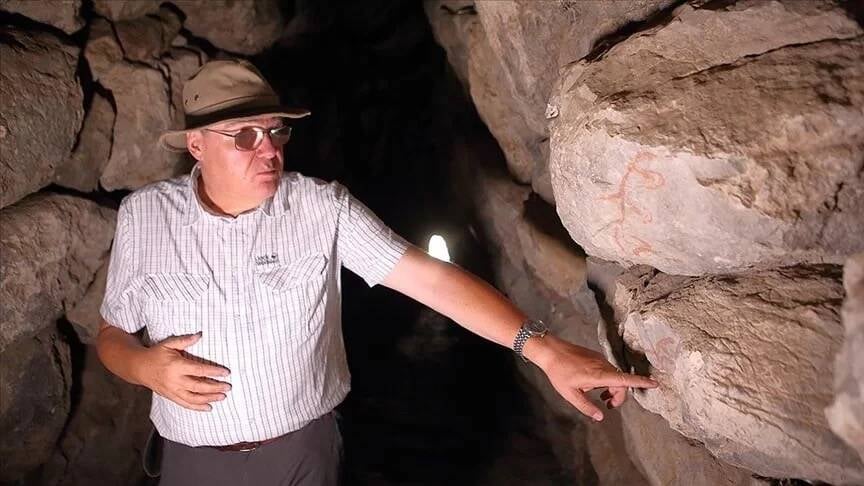
The Hittites were an ethnic group living in ancient Anatolia (Asia Minor), they used an Indo-European language and established a kingdom centered on Hattusa) in North Central Anatolia. The capital Hattusa was surrounded by the Halys River (called Marassantiya by the Hittites). Photo: Allthatsinteresting
The Hittite Empire reached its peak in the 14th century BC under King Šuppiluliuma I. The Hittite Empire encompassed the Anatolian Peninsula, which forms most of modern-day Turkey and part of upper Mesopotamia . It was a powerful empire during the late Bronze Age until conquered by the Assyrian Empire.
The Hittite Empire may have developed the earliest known constitutional monarchy, and the Hittites are mentioned several times in the Bible as living among the ancient Israelites.
Archaeologists have made some interesting discoveries from the Hittite Empire. Just last month, archaeologists unearthed the surprisingly well-preserved remains of two individuals from the Bronze Age Hittite Empire – these remains were found in western Turkey at Tavşanlı Mound, known as “The Heart of Western Anatolia”.
Researchers also found skin and brain remnants on the remains, preserved through the carbonization process that occurs when bodies are exposed to extremely high temperatures. They believe the two were burned during an attack on the city and the remains date back to nearly 1700 BC.
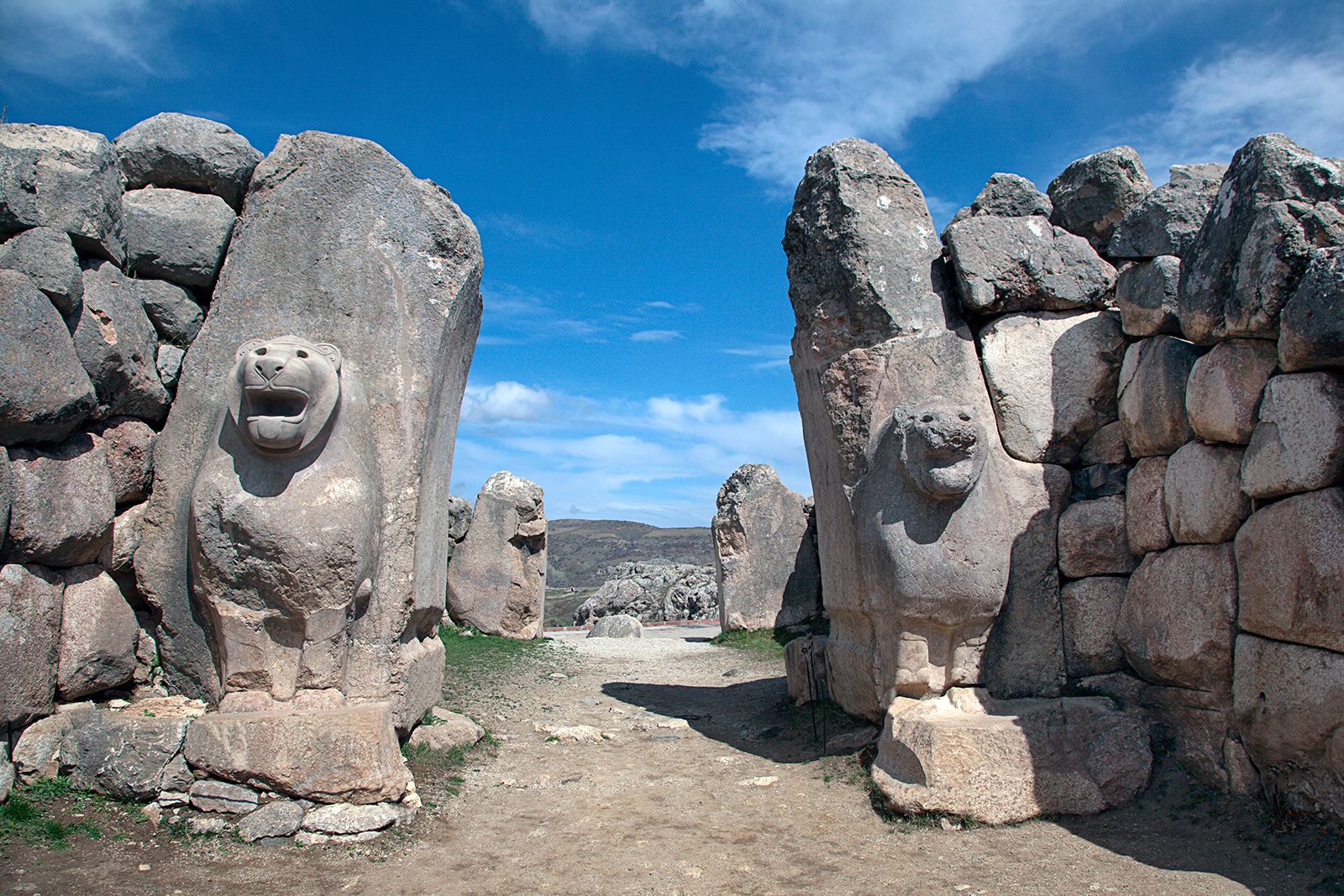
The Hittites’ most prosperous period was around the 14th century BC, with a vast territory including most of Anatolia, northwestern Syria, and upper Mesopotamia. The remains of the Hittite Empire in its capital Hattusha are quite well preserved. Temples, royal palaces, fortifications, decorations and stone pillars carved with reliefs… help researchers visualize a powerful empire that influenced a large area extending from Anatolia to Northern Syria for about 200 years. Photo: Allthatsinteresting
Nearly 250 hieroglyphs were also found at the Hattusa site last year in the Yerkapı Tunnel. According to Arkeonews , the tunnel was most likely used for cult rituals and the hieroglyphs are estimated to have been drawn 3,500 years ago.
“We identified a total of 249 Anatolian hieroglyphs here, but they are not different from each other,” said Schachner, who worked on both last year’s hieroglyphic discovery and this year’s Kalasmaic language discovery. completely”. “In total we can divide them into eight groups. These characters bring innovation to us socially. Since they are written in paint, we need to interpret them more in more ways. We thought it was done quickly and therefore could understand it quickly.”

